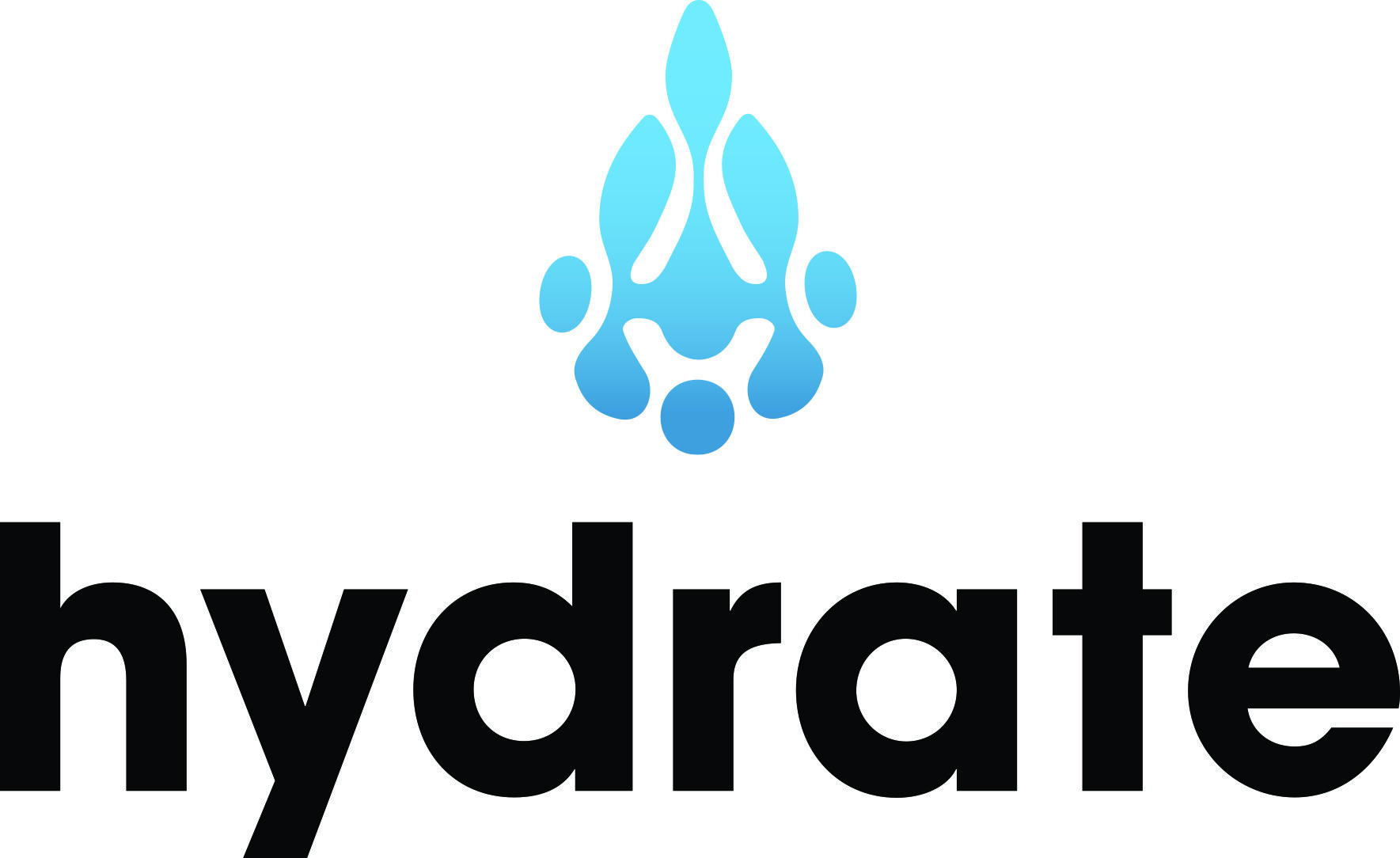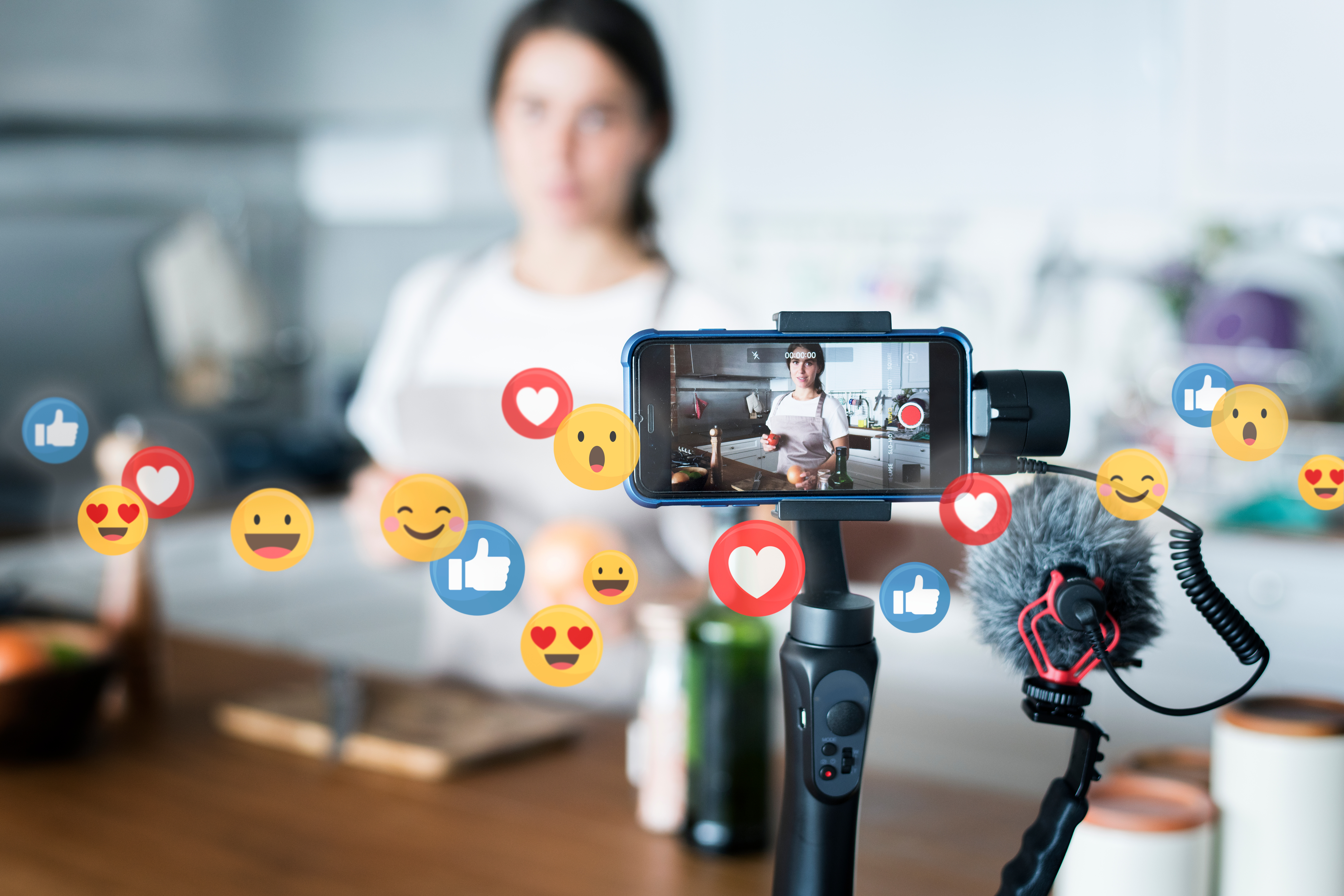Trust and authenticity are more valuable than ever. While big influencers receive much of the attention, it's the smaller voices—the nano-influencers—that are often driving real conversations and engagement. Partnering with nano-influencers can be a game-changer for businesses of all sizes. Keep reading to learn how to make these collaborations truly effective.
Table of Contents
- What Is a Nano-Influencer?
- Why Do Nano-Influencers Matter?
- What Are the Benefits of Working with Nano-Influencers?
- How Do You Identify the Right Nano-Influencers?
- What Are the Best Practices for Working with Nano-Influencers?
- How Do You Identify the Right Nano-Influencers?
- What Are the Best Practices for Working with Nano-Influencers?
- How Do You Measure the Impact and ROI of a Nano-Influencer Campaign?
What Is a Nano-Influencer?
Nano-influencers typically have 1,000 to 10,000 followers.
They are everyday people who have built trust with a small, engaged audience. These creators often focus on niche topics such as sustainable living, local food, parenting, or outdoor hobbies.
Their strength lies in authenticity, not reach.
Why Do Nano-Influencers Matter?
Engagement rates for nano-influencers are consistently higher than those of celebrities or macro-influencers. Here's why they matter:
- Higher trust and relatability
- Real conversations with followers
- Less polished, more personal content
- Cost-effective partnerships
Studies show small-scale influencers can generate up to 60% more engagement than larger influencers.
What Are the Benefits of Working with Nano-Influencers?
In more rural New England areas (such as the Upper Valley of New Hampshire and Vermont), nano-influencer campaigns can be more impactful than traditional advertising campaigns.
Here's how nano-influencers can help small businesses:
- Hyper-Local Reach – Their followers are often in the same region as you and your target audience.
- Community Influence – They are seen as peers, not self-interested advertisers or intimidating celebrities.
- Affordable Partnerships – Their follower count is not as high as macro-influencers, so their pricing can fit into smaller marketing budgets.
- Word-of-Mouth Effect – Their posts feel more like friend recommendations than sales pitches, and the trust that is earned from that drives conversations.
Many examples of this kind of authentic, hyper-local influence can be found within the food industry. Instagram accounts like @eatvermont and @the_roamingfoodie have built loyal followings by highlighting local restaurants. Their content doesn’t just showcase food—it drives real traffic to small businesses, sparks community conversations, and helps residents (and visitors) discover what makes the regions they are covering unique.
How Do You Identify the Right Nano-Influencers?
Look beyond follower count to find the right partners for you. Focus on:
- Engagement Rate – Aim for 5% or higher.
- Audience Relevance – Are their followers your ideal customers?
- Content Quality – Are their posts aligned with your brand values?
- Tone & Voice – Look for someone authentic, relatable, and community-oriented.
One helpful tool at this stage is content creator databases that you can search through to find the perfect fit. Some example platforms are Upfluence, Collabstr, and AspireIQ.
After you connect with a nano-influencer you’re interested in, ask for analytics reports (like Instagram Insights) so you can get a better understanding of their account’s performance before you agree to work with them.
What Are the Best Practices for Working with Nano-Influencers?
To build meaningful partnerships:
- Start with genuine outreach (DM or email)
- Offer product samples or experiences
- Let them create in their voice
- Set clear but simple guidelines
- Use affiliate codes or unique URLs for tracking
A top tip is to respect their creative freedom because they know their audience best. When brands give influencers room to be themselves, the content feels more real and relatable. This not only improves engagement but also boosts campaign authenticity.
How Do You Measure the Impact and ROI of a Nano-Influencer Campaign?
Use both qualitative and quantitative methods.
Trackable Metrics:
- Clicks, coupon redemptions, or landing page visits
- Follower growth during the campaign
- Use of specific hashtags
Qualitative Feedback:
- Audience comments and DMs
- UGC (user-generated content) from the campaign
- Brand mentions or local chatter
There’s still work to do after you find your nano-influencer partner if you want to run a successful campaign! Thankfully, most social media platforms provide free, native analytics that can help you monitor results. However, you can also try paid tools like Metricool for more detailed data.
Overall, nano-influencers offer a powerful opportunity for authentic, grassroots brand advocacy. Especially in smaller markets, they bridge the gap between online engagement and real-world action. By focusing on trust, relevance, and relationships, businesses of any size can build deeper connections with their communities, one post at a time.








